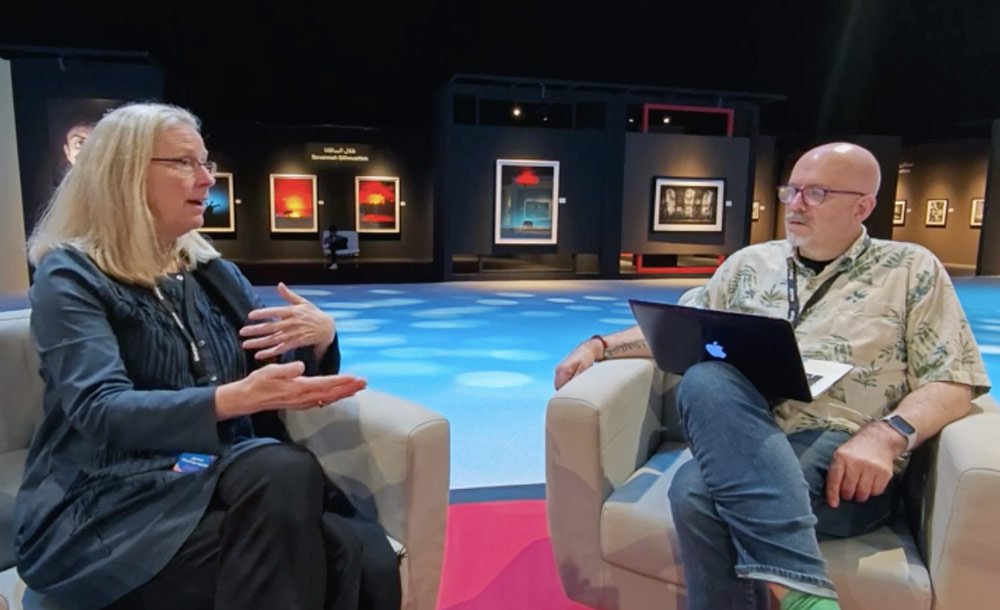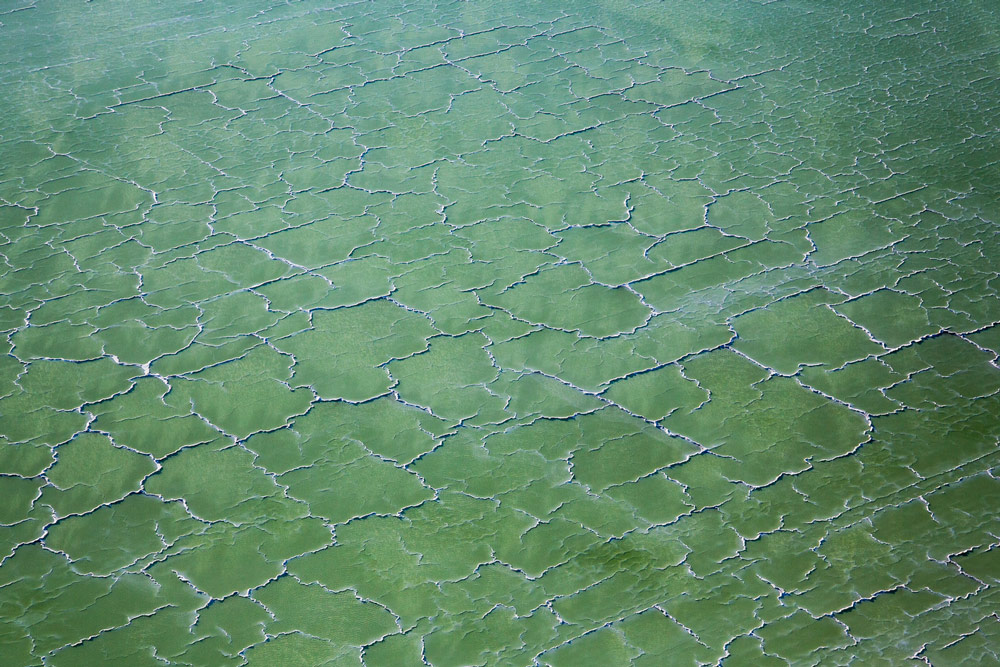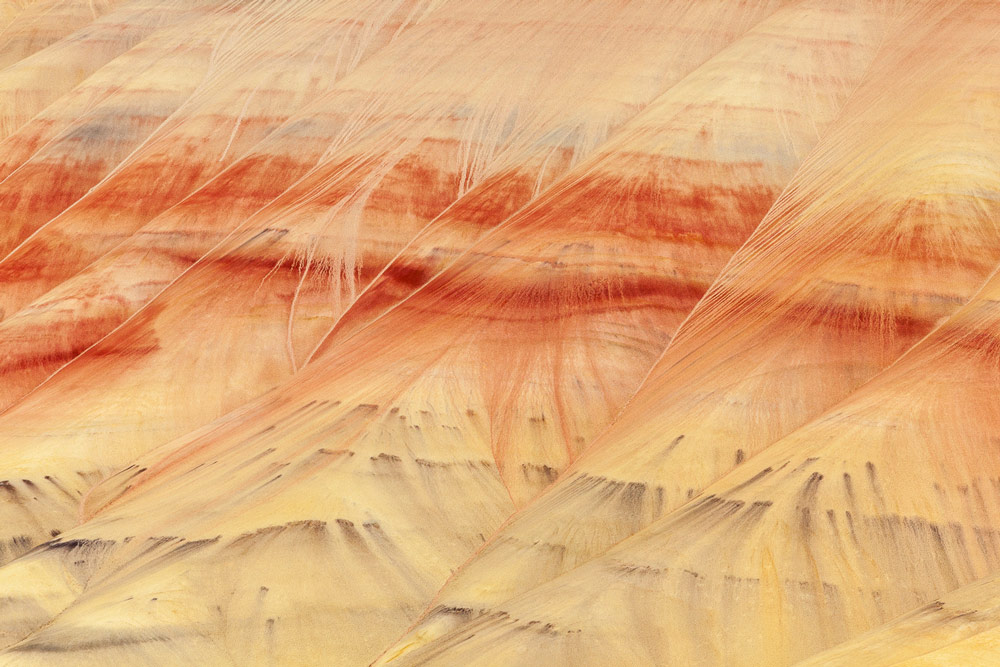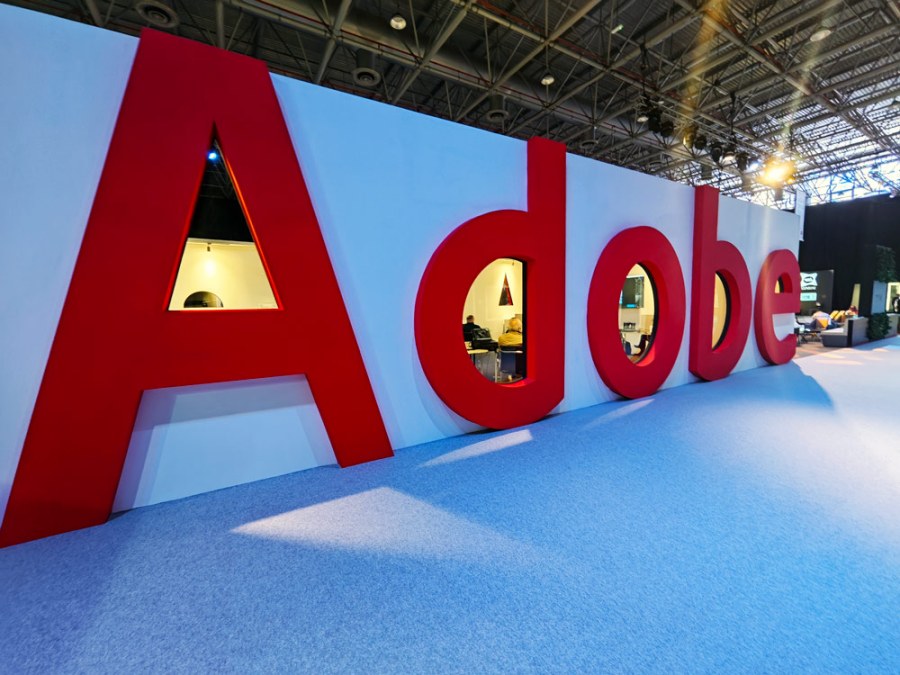When it comes to photo-editing software, Adobe is still the biggest player thanks to the popularity of Photoshop and Lightroom. We caught up with Adobe’s Julieanne Kost to find out more about how it sees the impact of AI and her thoughts on photo-editing generally
The Xposure International Festival of Photography in Sharjah, UAE, deserves to be much better known in the west as it attracts some of the world’s top photographers.

Previous guests have included Steve McCurry, Don McCullin and sports legend Neil Leifer, who’s now a regular at the show. Sharjah is only about a 20 minute taxi drive from Dubai airport, so it’s easily combined with a trip to the mega-city/kingdom.
One of the most interesting speakers at this year’s Xposure was Julieanne Kost, Adobe’s best-known digital evangelist. Julieanne’s YouTube videos and blog posts on getting the most from Lightroom and Photoshop attract a massive global audience, so you may already be familiar with her name.
Juliieanne was at Xposure to exhibit some of her own highly accomplished abstract landscape images while also running Adobe workshops, and she took some time out of her busy schedule to chat to AP about some wider issues affecting her company, including AI.

Was Adobe surprised by the amount of interest and comment, positive and negative, generated by the introduction of the AI-generated Generative Fill tool in Photoshop?
I wouldn’t say we were surprised. We knew we were on to something, and had done so much work internally on AI and then Generative Fill and Photoshop, that I think everyone saw the significance that it could have and how it could help not only photographers, but also designers and anyone else working with imagery.
How does Adobe respond to accusations that it’s opened the floodgates to ‘fake’ imagery and failed to realise the existential threat that AI could present to the integrity of photography?
I’m only really speaking for myself here, but I have found the AI features to be really quite helpful. And of course, the Generative Fill wasn’t the first foray for Adobe into AI. We’ve had neural filters and the removal tool etc for a while.
So there have been a lot different ways that AI has helped me as a photographer, not to fix images, but when you can’t maybe get a particular shot. Maybe you’re on a boat and you’re trying to use a tripod, and it’s hard to get a long exposure, or when you don’t have a wide-enough lens, or if you are trying to stitch images together and you don’t take it quite properly.

I’m not a photojournalist, so I’m not trying to ‘trick’ anyone with my photography. In my work I’m more concentrated on trying to show the emotion that I felt while I was in the location. I want to show the beauty of an iceberg, for example, so if I take out other unwanted elements using Generative Fill or something, it’s helping me to tell my story and get that emotion across to the viewer.
So it’s safe to assume we will see more AI-powered tools in Photoshop and Lightroom, such as the very useful and quick sky and subject-masking tool in Lightroom Classic?
I would assume so! I don’t have a crystal ball that I can share with the world, but I think anything that can help users with mundane editing is great. We don’t want to sit there and create a mask on the sky for an hour and a half if we can just press a button and enhance it and make it look like we want in order to tell the story. That’s fantastic.

Do you know roughly what percentage of Lightroom users are using the desktop-based Lightroom Classic rather than the cloud-based or mobile versions?
No I don’t…
We ask because it seems there is quite a big educational job to be done with getting people to edit pictures on phones…
So we have several versions, right? We have Lightroom Classic, in which you can still make a Collection and synchronise to your mobile device. I use this all the time because I am very organised and tidy. I like to be able to know when I’m going to post to Instagram, and so I can go ahead and make my Collection and synchronise that so I don’t need my computer.
But when you’re working on a large monitor, the image can look different, right? If you add a vignette or something and it looks great on the monitor and you know it’s going to print well, but then you see it on your phone and the vignette might be too light or too heavy.
So the ability to go back and adjust a slider a bit so it all synchronises is a real time saver for me, and enables me to publish exactly what I want.

But yes, I never thought I would edit anything on my phone but I do it all the time now. It can be hard to select your subject on a phone screen but if I can just tap a button and have AI select the subject, that is really helpful.
I am very tidy and organised and know where all my files are, but not everyone is the same. To be able to go use the latest version of Lightroom and have everything go to the cloud and be able to save and edit it there so it’s all accessible is very useful.
As a digital evangelist and workshop leader who attends events all over the world, what kind of Lightroom and Photoshop questions do you get again and again?
I don’t so much get editing questions now. When I started it was like, wow, what is the crop tool and how does it work? Now I tend to be asked about the difference between 8 bit and 16 bit, for example, or what’s the Colour Space, or the correct resolution for printing. Maybe people haven’t ever printed before, or are outsourcing it.
Do you think we might get to the stage where camera and phone makers are able to integrate so many editing tools (including AI) into their products that third-party editing software like Adobe’s might no longer be needed?

I think that’s a really good question. Large camera or phone manufacturers are already doing this via computational photography, but they have a lot of other things they need to think about as well. The quality of Adobe’s image-editing tools is just so fantastic. Yes, I could use a preset, but knowing how to get the most of it using the underlying tools will get you to a higher level much faster.
Further reading
Lightroom vs Photoshop: which is best for photo editing
Best free Lightroom presets








